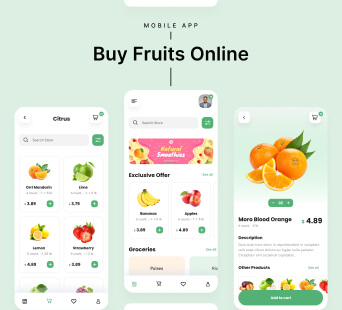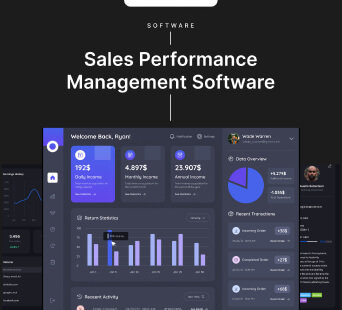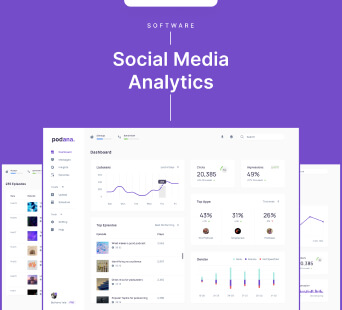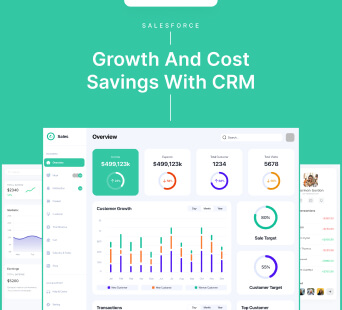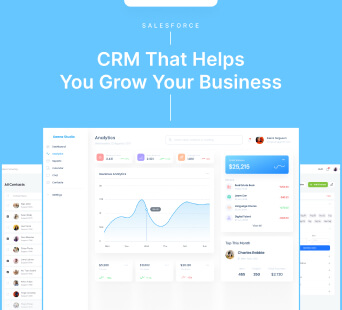Delivering high-quality software products is the lifeline for many companies. So, how do we ensure its regularity?
This is where web application testing comes into the picture.
Developers will always strive to create innovative and efficient web applications. But they always face challenges when it comes to:
-
Identifying and fixing bugs,
-
Compatibility issues, and,
-
Performance bottlenecks.
These issues show us the need for effective testing tools.
In this article, we will explore the top web application testing tools.
From:
-
Manual testing tools
-
Flexibility
-
In-depth bug detection to
-
Automated testing tools that accelerate testing cycles, each tool brings unique features to the table.
Additionally, we will delve into:
-
Cross-browser testing tools that ensure seamless user experiences across different browsers and platforms.
-
Security testing tools that help identify potential vulnerabilities and safeguard sensitive data.
By understanding and leveraging these testing tools,
web app developers can deliver web applications that meet the highest standards of quality, performance, and user satisfaction.
Manual Testing Tools
Introduction to Manual Testing:
Manual testing is the process of manually inspecting and evaluating a web application's functionalities, User interface, and, Performance.
It plays a crucial role in validating the application's behavior, identifying bugs, and ensuring a smooth user experience.
Significance of Manual Testing:
While automation has its merits, manual testing remains essential.
That's because it allows testers to assess aspects that automated tools might overlook. Human testers can apply exploratory testing techniques, replicate real-user scenarios, and provide valuable feedback on the application's usability.
Popular Manual Testing Tools:
TestRail is a comprehensive test case management tool that facilitates planning, organizing, and tracking manual test cases. It enables collaboration among team members and provides real-time insights into testing progress.
Although primarily known as a project management tool, Jira offers robust issue tracking and bug reporting features, making it a favorite among testers for manual testing.
TestLodge is a user-friendly test case management tool that helps teams organize and execute manual tests efficiently. It provides detailed test reports and integrates well with other testing tools.
Zephyr is a test management tool designed to streamline manual testing efforts. It offers seamless integration with Jira.
TestLink is an open-source test management tool that allows teams to create, organize, and execute test cases effectively. It supports integration with various bug-tracking systems.
Manual testing tools enable testers to:
-
Execute test cases,
-
Record test results, and,
-
Manage test data efficiently.
These tools help maintain test documentation, monitor testing progress, and ensure that web applications meet the required quality standards before release.
Automated Testing Tools
Benefits of Automated Testing:
Automated testing offers several advantages, including
-
Increased efficiency,
-
Repeatability, and,
-
Faster test execution.
It allows testers to run repetitive test cases with precision. This helps reduce the risk of human errors and ensures consistent results.
Automated testing also enables the testing of complex scenarios that might be time-consuming.
Leading Automated Testing Tools:
Selenium is a widely-used open-source automation tool. The best thing about it is that supports multiple programming languages. This means that the testers can create robust test scripts for web applications and execute them across different platforms.
Appium is a popular automation tool. It's specifically designed for mobile applications. It supports both Android and iOS platforms.
TestComplete is a powerful automated testing tool that offers both Record and Playback capabilities. It supports testing for desktop, web, and mobile applications, making it a versatile choice for testers.
Cypress is a JavaScript-based testing framework. It's most known for its fast and reliable testing capabilities. It provides a comprehensive set of APIs for automating web applications. And that's not all, it also offers real-time test results.
Katalon Studio is a comprehensive automation tool that combines both web and mobile testing. It features like:
-
An intuitive interface,
-
Supports test case management and,
-
Data-driven testing.
Automated testing tools are amazing as significantly speed up the testing process. This allows the testers to focus on more critical aspects of web application development. These tools help detect bugs and inconsistencies early in the development cycle. And this leads to faster releases and improves overall quality.
Cross-Browser Testing Tools
Importance of Cross-Browser Compatibility:
Cross-browser compatibility is essential to ensure that a web application functions correctly and looks consistent across different web browsers. With numerous browsers available, each with its rendering engine and unique features, cross-browser testing is crucial to provide a seamless user experience for all users.
Top Cross-Browser Testing Tools:
BrowserStack offers an extensive browser and device testing platform, allowing testers to verify web applications on real browsers and devices. It provides detailed debugging features and offers seamless integration with popular development and testing tools.
Sauce Labs is a cloud-based testing platform that supports cross-browser and cross-device testing. It offers a wide range of browser and operating system combinations for comprehensive testing.
LambdaTest is a cloud-based cross-browser testing tool that offers real-time testing on a wide range of browsers and operating systems. It also provides a Selenium grid for parallel testing and integration with popular test frameworks.
TestComplete, mentioned earlier as an automated testing tool, also offers cross-browser testing capabilities. It allows testers to verify web applications across different browsers and versions with ease.
Accessibility Testing Tools
Significance of Web Accessibility Testing:
Web accessibility testing ensures that web applications are usable by everyone. This also includes individuals with disabilities. This is a great message as it is promoting inclusive design.
Leading Accessibility Testing Tools:
Axe is a popular open-source accessibility testing tool that integrates with various development environments. It provides detailed accessibility reports and suggests remediation steps for non-compliant elements.
WAVE is a web accessibility evaluation tool that offers instant feedback on accessibility issues. It identifies errors and provides human-readable suggestions for improving web application accessibility.
aXe-core is an automated accessibility testing engine designed for developers and testers. It integrates with different frameworks and browsers, allowing developers to catch accessibility issues early in the development process.
Pa11y is a command-line tool that allows developers to test web applications against accessibility guidelines and provides detailed reports. It supports multiple testing standards, making it a versatile choice for accessibility testing.
Tota11y is a lightweight accessibility visualization toolkit that overlays your web application and highlights potential accessibility issues. It serves as a helpful tool for developers to identify and resolve accessibility problems.
Conclusion
The top web application testing tools discussed in this article offer developers valuable resources to achieve seamless software quality and deliver exceptional user experiences.
Whether you are an individual developer or part of a
web app development company, incorporating these top testing tools into your development process can significantly enhance the overall quality of your web applications. So, take advantage of these testing tools and turn your app ideas into reality with confidence, knowing that your web applications are built to excel in the competitive digital landscape.






